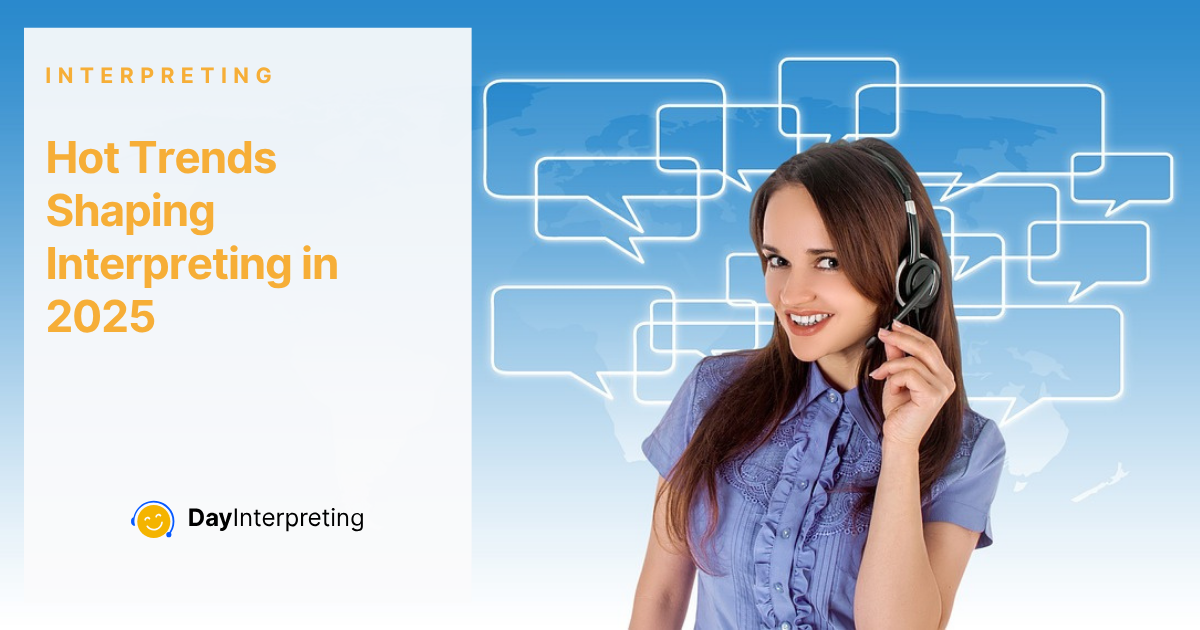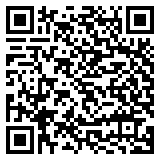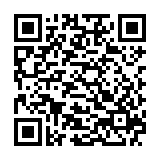AI hasn’t just arrived; it’s redefining interpreting services. However, instead of replacing human talent, AI is collaborating with linguists in powerful hybrid models. Platforms like KUDO and Slator predict that by the end of 2025, 40% of interpreting services will adopt this blend: AI handles routine output, while humans tackle nuance, emotion, and culture-heavy contexts.
What this means:
- Interpreters can lean on AI for initial drafts, terminology lookups, and repetitive segments.
- Meanwhile, they remain fully in charge of polishing, adjusting tone, and ensuring intention is clearly communicated.
Niche Focus: Specialization Is the New Gold for Interpreting in 2025
Conferences today are increasingly specialized, medical breakthroughs, legal frameworks, AI ethics, and climate strategy dominate the stage. Interpreters are now specializing in verticals like medical, legal, and tech domains.
Why specialize?
- Demands for interpreters with precise domain knowledge are rising.
- Clients are willing to pay more, and expect higher accuracy, from specialists who “get” the content.
Hyper-Localization & Dialect Sensitivity
It’s no longer enough to translate to “Spanish” or “Arabic”. Audiences want hyper-localized content, i.e., content adapted not just linguistically, but also culturally (including slang, idioms, and even local color). For example, Spanish for Mexico, Spanish for Argentina, and each Bangla dialect differs significantly
Implications for interpreters:
- Develop sensitivity to regional speech patterns and slang.
- Occasionally enrich spoken segments with cultural equivalents rather than literal translation.
- Honor linguistic diversity, even subtle dialectal shifts, build trust and clarity.
AI Coverage for Low-Resource Languages
AI tools are expanding fast, but they’ve historically neglected low-resource languages. That’s changing: by the end of 2025, AI is expected to increase coverage for these minority languages by 50%, focusing on Africa, South Asia, and South America
Yet, these tools are not enough without human interpreters:
- AI often misses idiomatic nuance or cultural reference.
- Interpreters ensure emotional fidelity and context, especially during festival speeches, storytelling, or traditional ceremonies.
Adaptive AI: Context-Aware and Culturally Sensitive
The next generation of AI (sometimes called “agentic AI”) is designed to interact more like a human: learning from glossaries, adapting tone, respecting brand voice, and especially picking up context on the fly
How interpreters fit in:
- You train the AI with subject-specific glossaries.
- You review AI output in real time, ensuring idioms, humor, or solemnity aren’t lost.
Your role becomes less about replacing AI and more about training, polishing, and safeguarding cultural integrity.
Remote Interpreting & Wearable Tech
Remote interpreting isn’t new, but in 2025, it’s the norm, whether you’re in a booth at home or joining via cloud platforms. Wearables, voice-to-text tools, and AR captions are making multilingual communication seamless.
What this means:
- Interpreting can happen anywhere, even yoga retreats!
- Practicing remote delivery and mastery of digital interfaces is now a key skill.
Ethics & Sustainability: Interpreting with a Conscience
Greener workflows and ethical AI usage are more than buzzwords; they’re becoming standards. Interpreting now includes secure data protocols, eco-conscious delivery (digital over paper), and ensuring AI fairness (gender, cultural bias)
Interpreters as Ethics Champions:
- Uphold data privacy (GDPR, HIPAA, etc.).
- Use sustainable practices: digital glossaries, energy-efficient platforms.
- Speak up when AI outputs perpetuate stereotypes or cultural insensitivity.
What Interpreters Can Do Right Now to Adapt to Interpreting in 2025
- Embrace AI, but own it. Use it for prep, terminology banks, and first drafts, but never skip human review.
- Niche down. Pick a domain (e.g., biotech, climate, finance) and build expertise.
- Listen to local voices. Train yourself in dialect nuances.
- Be tech-savvy. Master remote platforms, wearables, and live tools.
- Advocate for ethics. Challenge AI bias, safeguard privacy, and push sustainable options.
Conclusion: Interpreters at the Helm of Language 2.0
2025 is transforming interpreting from a purely linguistic act into a strategic, culturally cognizant, hybrid-tech profession. AI gives speed; interpreters keep the soul. Specialization brings depth; ethics ensure trust. Remote tech breaks barriers; sustainability preserves values.
In this evolving landscape, interpreters aren’t optional; they’re essential architects of authentic, human-centered global communication. And that’s a role worth celebrating.





0 Comments